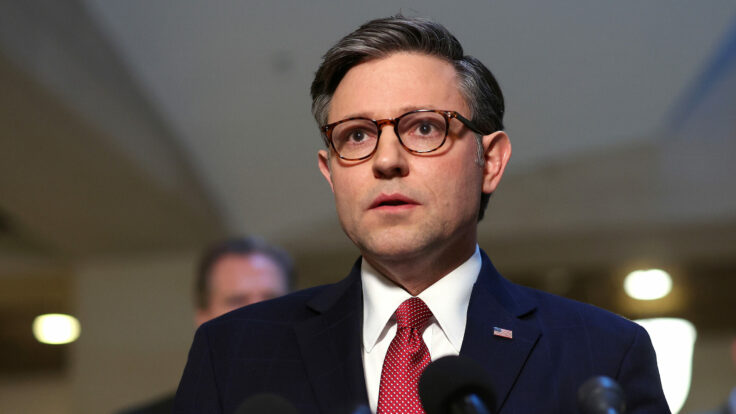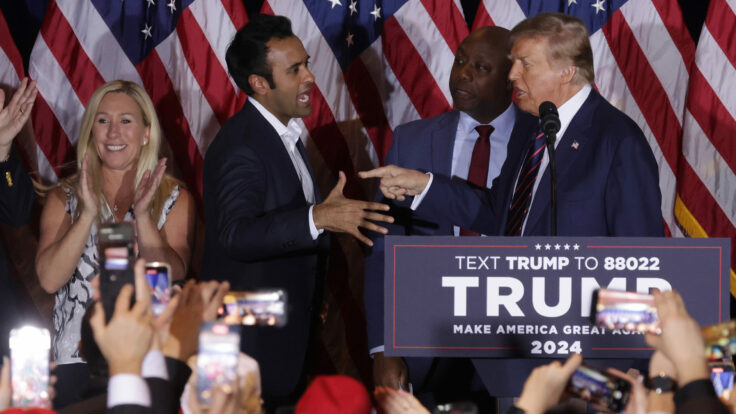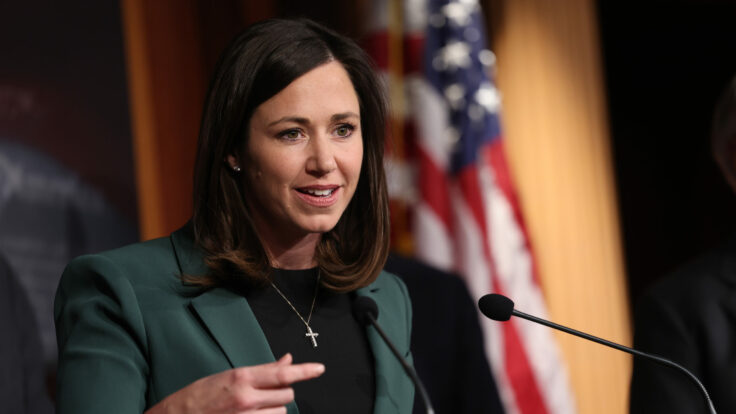“We patriots ought to be in that building,” Bill Dunphy, a preacher from Ohio who had just led a group in prayer, told me on January 6th, 2021, pointing at the Capitol rotunda. “That building belongs to us. That building belongs to We the People. They work for us. And here we are, barred to the point that we can’t even stand on, get on the property, within what, 120 yards?”
I shivered, burrowing into my white parka. Between this preacher and the United States Congress were dozens of Capitol Police officers, several black S.U.V.s, and lots of metal fencing. I worked for Politico at the time and was credentialed to enter the building, so I was familiar with the intense security procedures, as befit a theater of government, which I explained to him. But Dunphy shook his head incredulously. “The bottom line is, there’s enough of us to decide to move on into that building. They don’t have enough security to stop us.”

















